
Through the combination of parallel I/O inputs, 14 points of positioning are available. The speed and acceleration of the positioning can be set by the switch for each operating direction. A single signal sent to a dedicated terminal returns an actuator to the home position.
Through the combination of parallel I/O inputs, 14 points of positioning are available. The speed and acceleration of the positioning can be set by the switch for each operating direction. A single signal sent to a dedicated terminal returns an actuator to the home position.
Through the combination of parallel I/O inputs, 14 points of positioning are available. The speed and acceleration of the positioning can be set by the switch for each operating direction. A single signal sent to a dedicated terminal returns an actuator to the home position.
Through the combination of parallel I/O inputs, 14 points of positioning are available. The speed and acceleration of the positioning can be set by the switch for each operating direction. A single signal sent to a dedicated terminal returns an actuator to the home position.
Through the combination of parallel I/O inputs, 14 points of positioning are available. The speed and acceleration of the positioning can be set by the switch for each operating direction. A single signal sent to a dedicated terminal returns an actuator to the home position.
Through the combination of parallel I/O inputs, 14 points of positioning are available. The speed and acceleration of the positioning can be set by the switch for each operating direction. A single signal sent to a dedicated terminal returns an actuator to the home position.
Through the combination of parallel I/O inputs, 14 points of positioning are available. The speed and acceleration of the positioning can be set by the switch for each operating direction. A single signal sent to a dedicated terminal returns an actuator to the home position.
Through the combination of parallel I/O inputs, 14 points of positioning are available. The speed and acceleration of the positioning can be set by the switch for each operating direction. A single signal sent to a dedicated terminal returns an actuator to the home position.
Through the combination of parallel I/O inputs, 14 points of positioning are available. The speed and acceleration of the positioning can be set by the switch for each operating direction. A single signal sent to a dedicated terminal returns an actuator to the home position.
Through the combination of parallel I/O inputs, 14 points of positioning are available. The speed and acceleration of the positioning can be set by the switch for each operating direction. A single signal sent to a dedicated terminal returns an actuator to the home position.
Through the combination of parallel I/O inputs, 14 points of positioning are available. The speed and acceleration of the positioning can be set by the switch for each operating direction. A single signal sent to a dedicated terminal returns an actuator to the home position.
Through the combination of parallel I/O inputs, 14 points of positioning are available. The speed and acceleration of the positioning can be set by the switch for each operating direction. A single signal sent to a dedicated terminal returns an actuator to the home position.
Through the combination of parallel I/O inputs, 14 points of positioning are available. The speed and acceleration of the positioning can be set by the switch for each operating direction. A single signal sent to a dedicated terminal returns an actuator to the home position.
Through the combination of parallel I/O inputs, 14 points of positioning are available. The speed and acceleration of the positioning can be set by the switch for each operating direction. A single signal sent to a dedicated terminal returns an actuator to the home position.
Controller Series PSE100 How to Order PSE10 Option Output specifications Without cover NPN output 0 With cover C PNP output 1 Mounting Panel mounting A Wall mounting, DIN rail B Refer to p.3.1-14 for DIN rail part number. Controller Specifications PSE100-l PSE101-l Model NPN Open Collector 30V 80mA max. PNP Open Collector 80mA max.
Status LEDs on unit for each output Use with Series (N)VFR, (N)VFS, (N)VZS, ISO valves. 14 N 16 0 IN313-AB1-X10 Allen-Bradley Remote I/O (RIO) compatible Controls up to 16 single solenoid valves. (A combination of single and double solenoid valves as long as the maximum number of solenoid does not exceed 16.)
Refer to pages 16-14-3 and 16-14-4 for Safety Instructions and Common Precautions on the products mentioned in this catalog, and refer to pages 16-1-11 to 16-1-13 for Precautions on every series. Wiring Pressure Source Warning Warning 4. How to connect contact protection box Connect the lead wires from the body and the contact protective box side indicated SWITCH.
Refer to pages 16-14-3 to 16-14-4 for Safety Instructions and Common Precautions on the products mentioned in this catalog, and refer to pages 16-1-11 to 16-1-13 for Precautions on every series. q w Locking nut t Wiring e Warning 1. Light assembly for 24 VDC has 2 terminals and polarity. One is + for red load wire and the other is for black load wire.
Refer to pages 16-14-3 to 16-14-4 for Safety Instructions and Common Precautions on the products mentioned in this catalog, and refer to pages 16-1-11 to 16-113 for Precautions on every series. q u w e 1 3 LOW i o 2 4 r Selection !0 t Caution !1 1. Select the model taking into consideration the material suitable for the operating fluid.
Sensor output voltage V Output voltage (V) 1 0 Rated voltage Pressure Vacuum Absolute vacuum Pressure P ZSE5B/6B: 100 [kPa] to 100 [kPa] = 1 to 5 [V] 16-13-6 14 Technical Information 4 Difference between NPN and PNP output NPN 12 to 24 [VDC] Fig. (1) shows an example of a NPN switch. The solid state switch output is an open collector output.
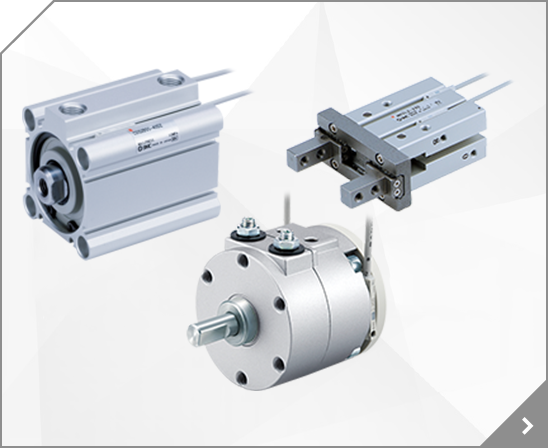
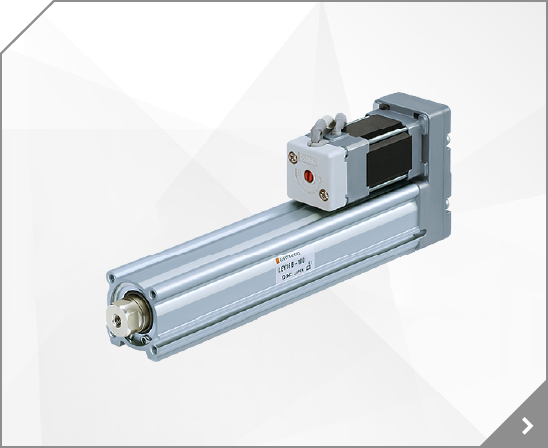
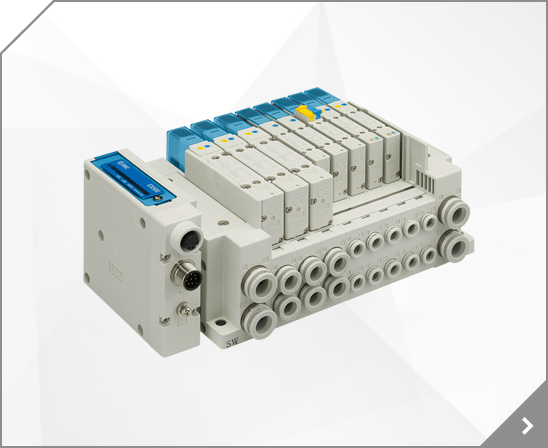


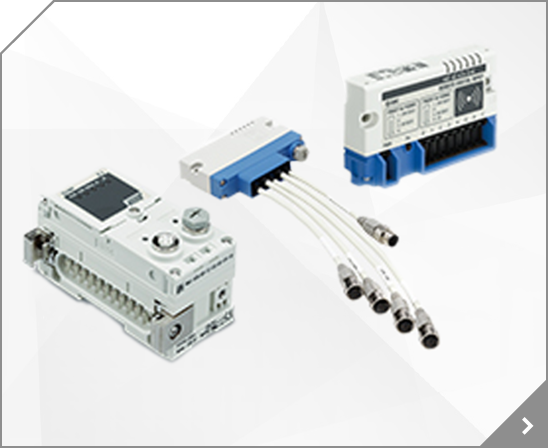
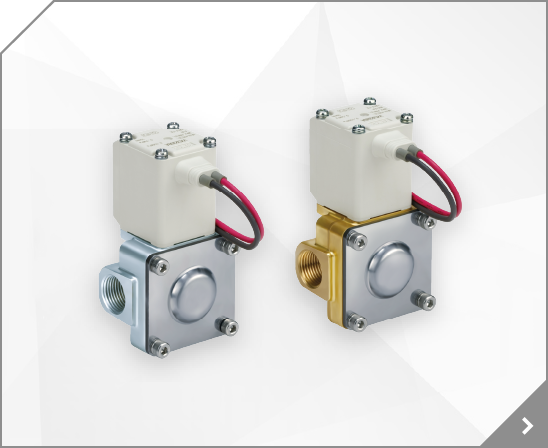
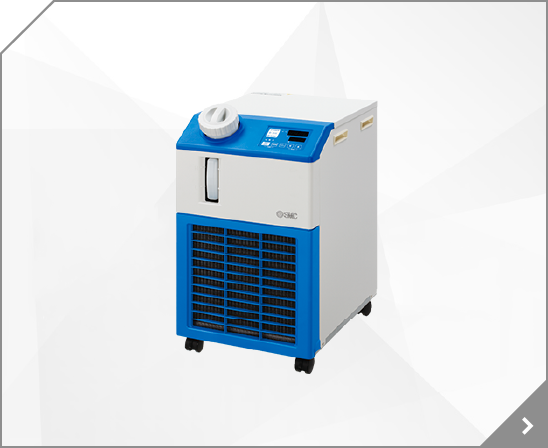
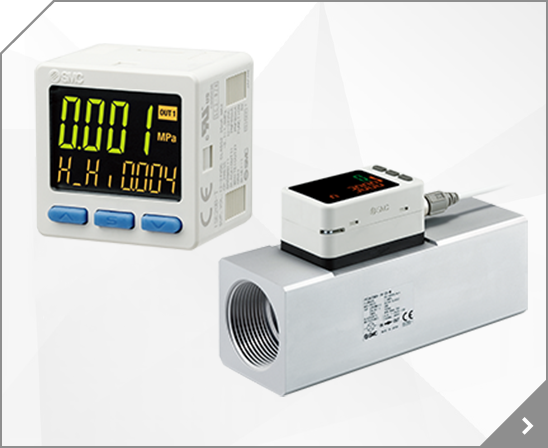
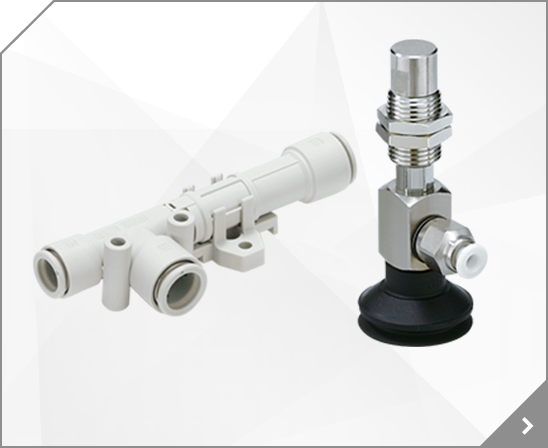

 PSE100
PSE100